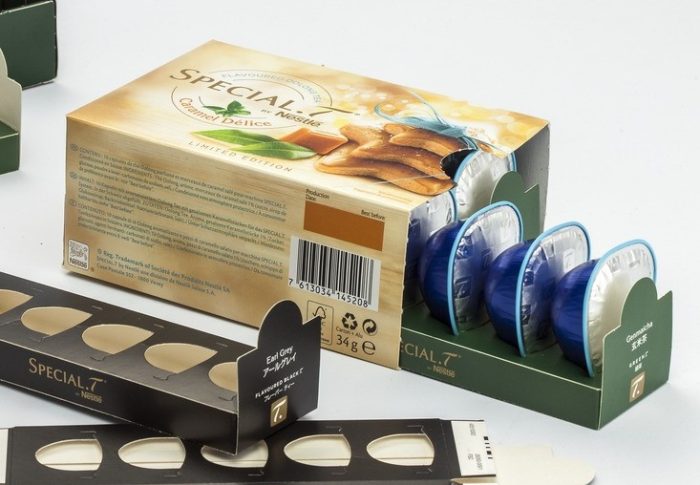
The Science Behind Color Changing Cups-Thermochromic Magic
Introduction: Understanding the Thermochromic Magic
Color changing cups have taken the world by storm, captivating both young and old with their ability to transform colors in response to temperature changes. These cups, also known as thermochromic cups, add an element of excitement, intrigue, and visual delight to the drinking experience. In this comprehensive guide, we will delve into the fascinating science behind color changing cups, exploring the principles, materials, and mechanisms that bring these mesmerizing transformations to life.

The Science Behind Color Changing Cups
-
A Closer Look at Thermochromism
a. Definition of thermochromism: Thermochromism is a phenomenon where the color of a substance changes when exposed to variations in temperature. This property is demonstrated by certain materials, such as thermochromic pigments, which undergo reversible color changes based on temperature fluctuations.
b. Molecular structures and transitions: Thermochromic pigments possess unique molecular structures that allow them to exhibit different absorbance or reflectance properties at different temperatures. This molecular behavior, often caused by molecular alignment or changes in the electron configuration, leads to the observed color changes.
-
Thermochromic Pigments: The Key Players
a. Liquid crystals: Liquid crystals are frequently used in thermochromic pigments due to their ability to align or reorient their molecules in response to temperature changes. This realignment leads to changes in light absorption or reflection, resulting in color variation.
b. Leuco dyes: Leuco dyes are another essential component of thermochromic pigments. These dyes have reversible color changes based on temperature, transitioning between colored and non-colored states. The transformation occurs as the molecules undergo structural modifications triggered by temperature fluctuations.
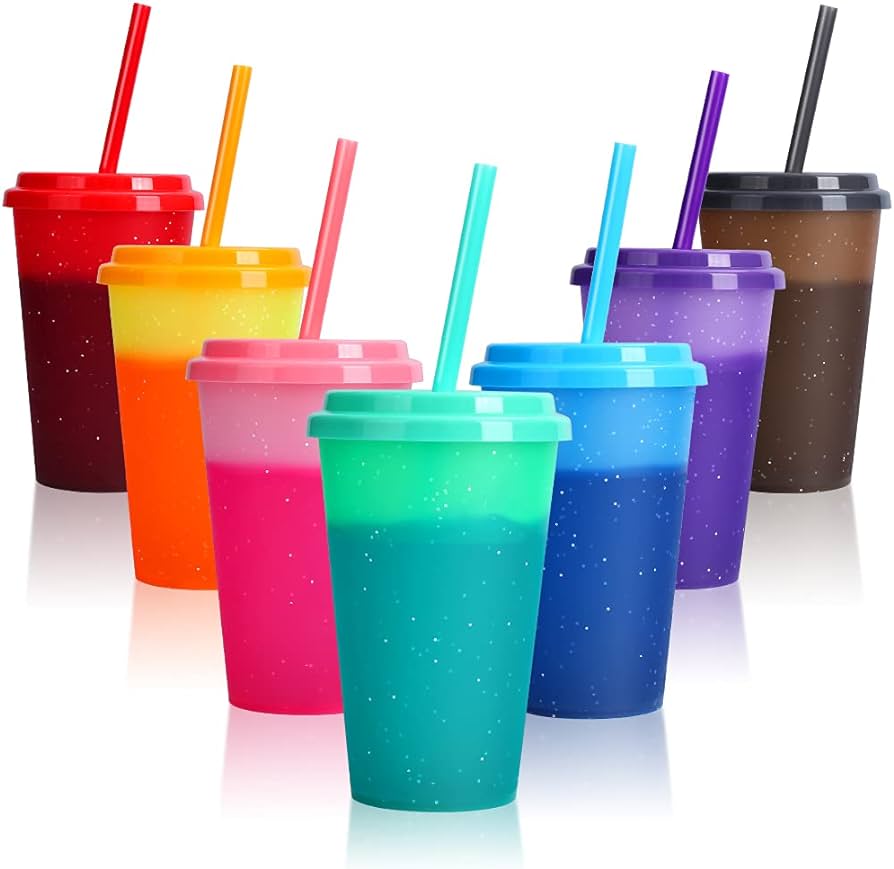
-
Different Types of Thermochromic Pigments
a. Reversible thermochromic pigments: Reversible pigments exhibit color changes when exposed to temperature variations, and the transformation is reversible. As the temperature increases or decreases, the pigment transitions between different colors in a reproducible cycle.
b. Irreversible thermochromic pigments: Irreversible pigments, as the name suggests, undergo a permanent color change when subjected to temperature shifts. Once the transformation occurs, the pigment does not revert to its original state upon subsequent temperature changes.
-
Mechanisms behind Thermochromic Color Transformations
a. Molecular alignment: One of the primary mechanisms contributing to thermochromic color changes is molecular alignment. As temperature increases, the molecules in the pigment align differently, resulting in altered light absorption and color perception.
b. Electron configuration changes: In some thermochromic pigments, color changes arise from alterations in the electron configuration. Temperature variations affect the energy levels of the electrons, leading to adjustments in the pigments’ light absorption and, consequently, color transformations.
-
Temperature Ranges and Color Associations
a. Temperature response range: Thermochromic pigments have specific temperature ranges in which they exhibit color changes. For example, a pigment may transition from one color at a lower temperature to another color at a higher temperature. The range in which color shifts occur can vary based on the specific pigment used.
b. Color associations: Different temperature ranges are often associated with different colors. For instance, a blue-to-red color transition may occur within a specific temperature range. Associations like these are established by carefully formulating pigments with the desired color responses to temperature fluctuations.
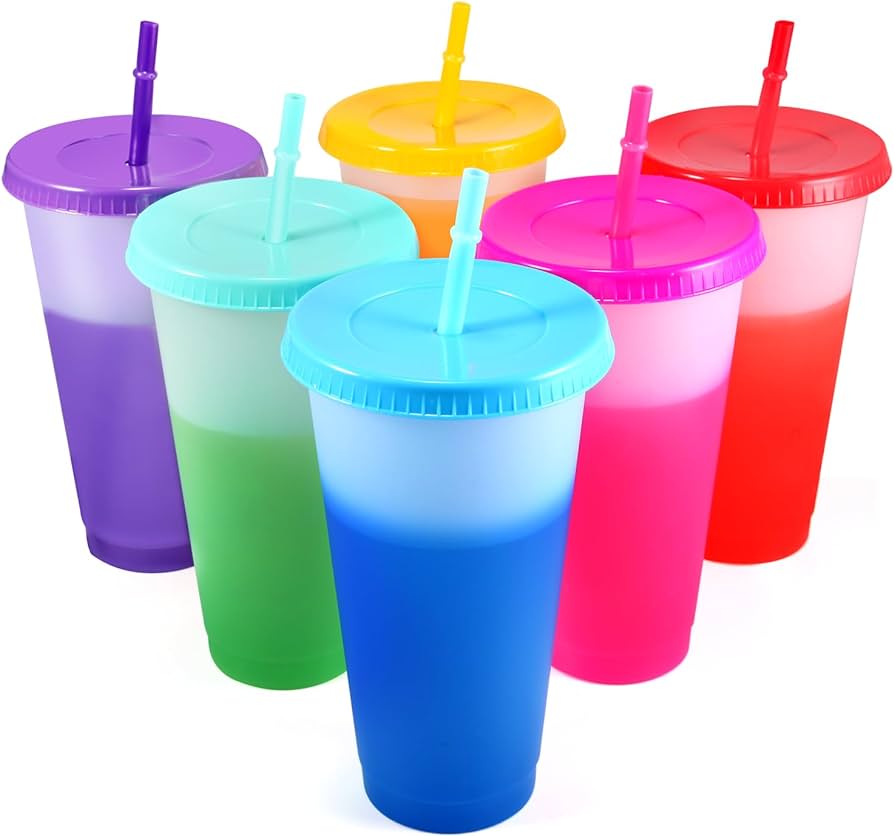
-
Applications of Thermochromic Cups
a. Temperature indication: The primary application of thermochromic cups is to indicate temperature. By changing color based on the beverage’s temperature, these cups provide a visual cue to users, indicating whether a drink is hot, cold, or at an optimal temperature.
b. Interactive experiences: Thermochromic cups offer an interactive and engaging experience. When filled with a hot or cold beverage, the cups transform, captivating users and adding an element of surprise and novelty to their drinkware collection.
-
Material Considerations for Color Changing Cups
a. Thermochromic ink or coating: Color changing cups are manufactured using thermochromic inks or coatings. These formulations contain thermochromic pigments that respond to temperature changes. The ink or coating is applied to the cup’s surface, allowing the color transformation to be visible when the cup is in use.
b. Cup materials: Color changing cups can be made from a variety of materials, such as plastic, ceramic, or glass. The choice of material depends on factors such as durability, aesthetics, and the specific application of the cup.
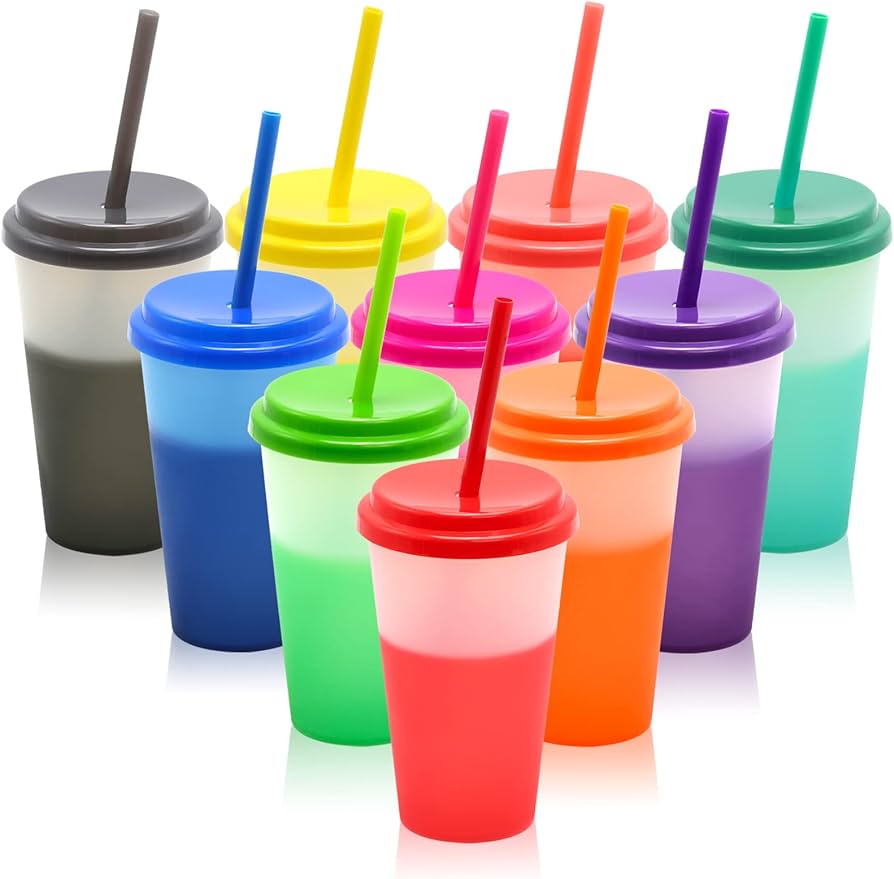
-
The Role of Heat and Cold in Color Changing Cups
a. Heat-induced transformations: Color changing cups react to the heat of a beverage by undergoing a shift in color. As the temperature of the liquid increases, the thermochromic pigments within the cup absorb or reflect light differently, resulting in a visible color change. This heat-induced transformation creates a dynamic and visually appealing effect.
b. Cold-triggered transitions: Similarly, color changing cups also respond to cold temperatures. When a cold beverage is poured into the cup, the thermochromic pigments react, displaying a new color or reverting to the cup’s original appearance. This cold-triggered transition adds another layer of surprise and engagement to the drinking experience.
-
Factors Influencing Color Changing Cup Reversibility
a. Temperature sensitivity: The unique properties of thermochromic pigments contribute to their reversibility. The sensitivity of the pigments to changes in temperature determines how quickly and efficiently they react. Some pigments exhibit rapid reversibility within a narrow temperature range, ensuring prompt color transformations.
b. Material selection: The choice of materials for the thermochromic ink or coating used on the cups also influences reversibility. The compatibility between the cup material and the thermochromic formulation affects how effectively the pigments respond to temperature changes and whether they restore to their original color when the temperature returns to normal.
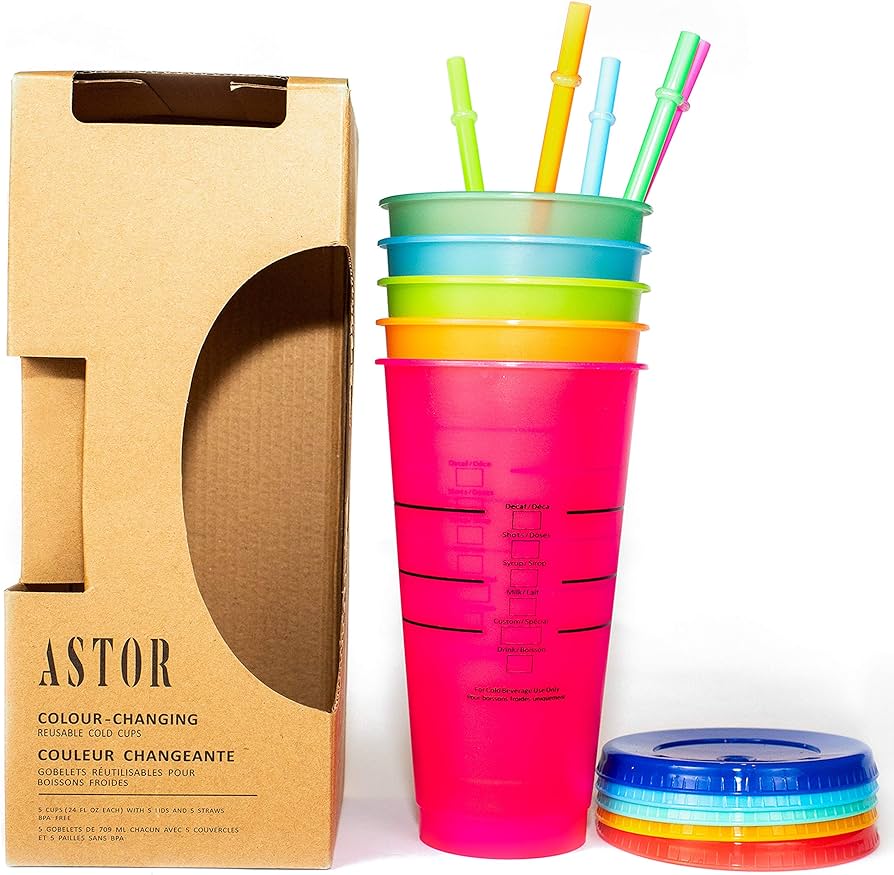
Conclusion: Basking in the Marvel of Thermochromic Cups
Thermochromic cups harness the fascinating science of thermochromism to create visually stunning color transformations in response to temperature variations. By utilizing thermochromic pigments and their molecular properties, these cups undergo dynamic color changes that captivate and mesmerize users.
From liquid crystals to leuco dyes, the materials involved in thermochromic pigments contribute to the magic seen in color changing cups. Understanding the molecular alignment and electron configuration changes that occur within these pigments provides insight into the mechanisms responsible for the captivating color transformations.
As you sip from a color changing cup, let yourself be immersed in the marvel of science unfolding before your eyes. Appreciate the intricacies of thermochromic pigments and the innovative applications that bring joy, surprise, and interactive experiences to our day-to-day lives. The transformative power of color changing cups invites us to bask in the wonder and embrace the magical moments they create.




